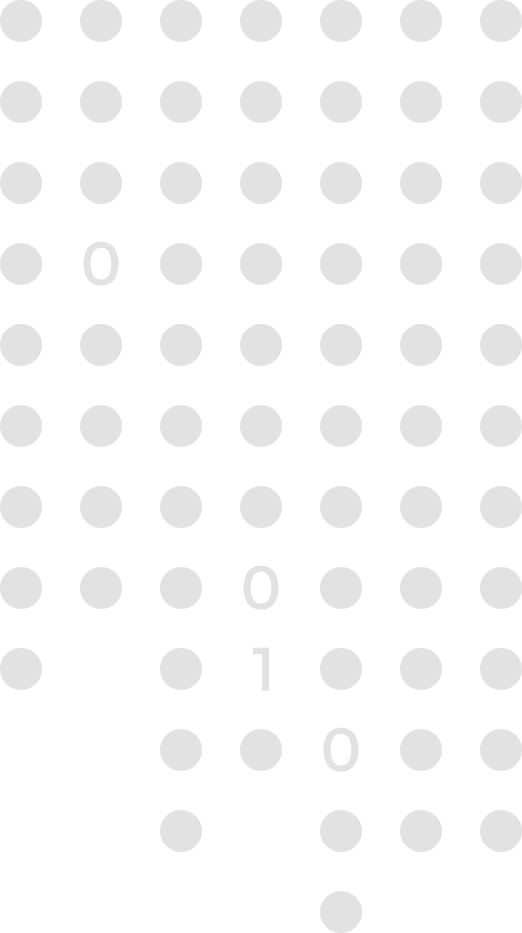
Guideline connects BIM and Asset Administration Shell for efficient building management
New guideline from buildingSMART Germany and the Industrial Digital Twin Association (IDTA) lays foundation for holistic digital twins of buildings
buildingSMART Germany and Industrial Digital Twin Association (IDTA) have jointly published the guideline “BIM building model for the integration of machines, building services and external devices using the Asset Administration Shell”. This practice-oriented guide describes in detail for the first time how Building Information Modelling (BIM) and the Asset Administration Shell (AAS) can be successfully integrated. The aim is to create a comprehensive Digital Twin that maps and optimises the entire life cycle of a building – from planning and construction to operation and deconstruction. The guide is now available as a free download from the buildingSMART Germany publisher’s shop and the IDTA content hub.
Integration of BIM and AAS: A milestone for the digital building management
The linking of the established BIM method, which primarily maps static building information (often in IFC format), with the dynamic real-time data of technical components from the Asset Administration Shell closes a crucial gap in digital building management. While BIM describes the building structurally, AAS provides detailed, up-to-date information on built-in systems, machines and IoT devices (Internet of Things).
This integration already improves the planning phase. During operation and maintenance, documentation and updates are particularly beneficial for maintaining secure digital operations. Online data from intelligent IoT devices is used for real-time monitoring and enables predictive maintenance.
From static model to “living” Digital Twin
The new guide addresses a key challenge: BIM models often only represent a specific planning or construction stage (“as-built”) and do not reflect dynamic operating data or changes to technical components. The Asset Administration Shell, a core concept of Industry 4.0 (standardised in DIN EN IEC 63278), overcomes this limitation. It enables the management of type information (comparable to digital product catalogues) and instance-specific data (e.g. serial number, maintenance history, real-time operating data) for each individual component throughout its entire life cycle.
The referencing between BIM elements and the corresponding assets in the AAS described in the guide creates a ‘living’ digital image of the building. This leads to significant advantages:
- greater efficiency in planning
- lower operating costs thanks to optimised maintenance and energy consumption
- greater sustainability through data-driven decisions (e.g. based on CO2 footprint data in AAS Submodels) and
- improved, cross-system collaboration between all parties involved
The use of open standards such as IFC (DIN EN ISO 16739) for BIM and the AAS specifications driven by IDTA ensures interoperability and manufacturer neutrality between different systems and platforms.
Availability and target audience
The guide is aimed at planners, builders, operators and anyone involved in the digital transformation of the construction industry. It offers concrete approaches for making the most of the advantages of interaction between BIM and AAS.
To the guideline “BIM building model for the integration of machines, building services and external devices using the Asset Administration Shell”
